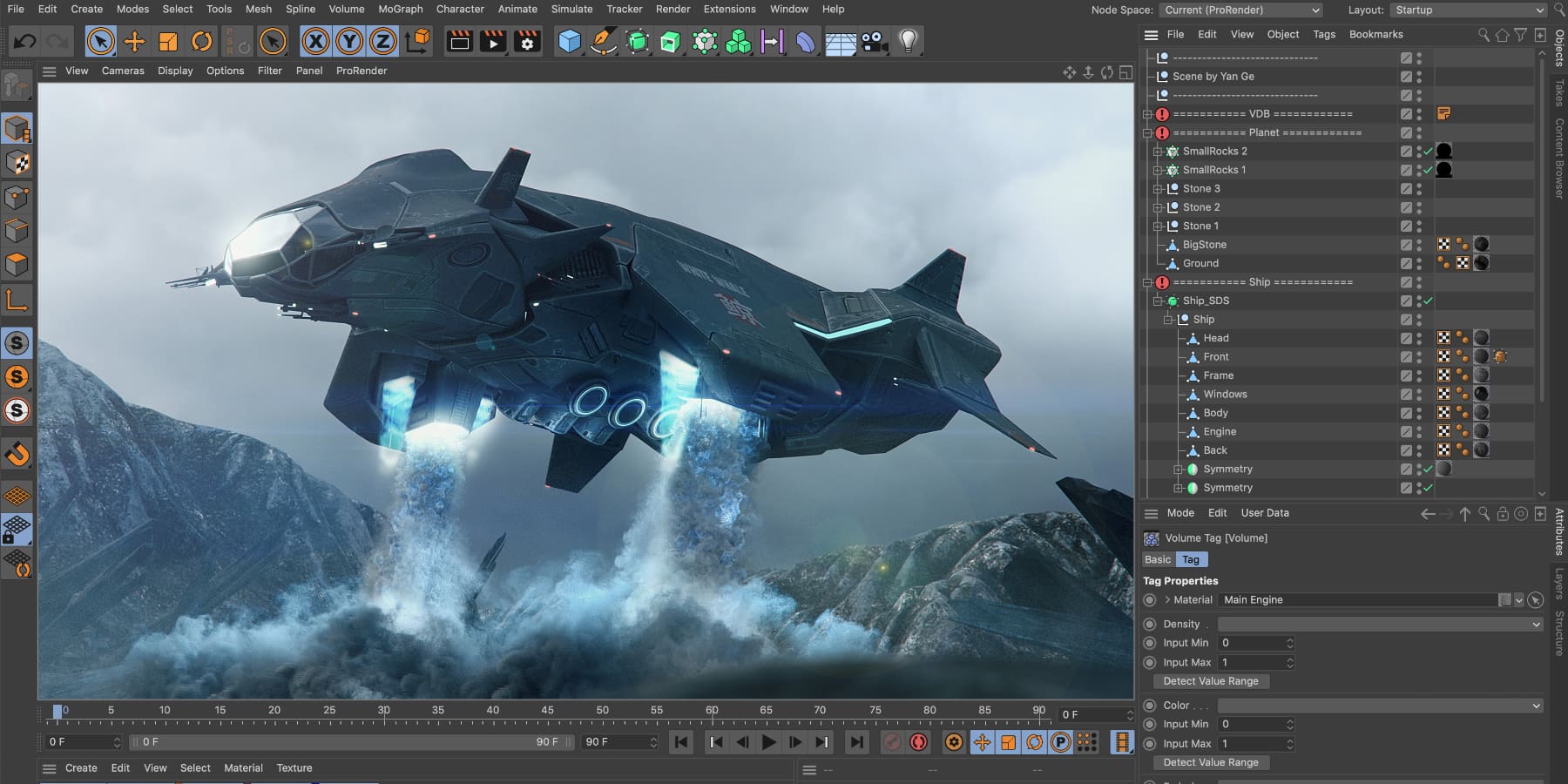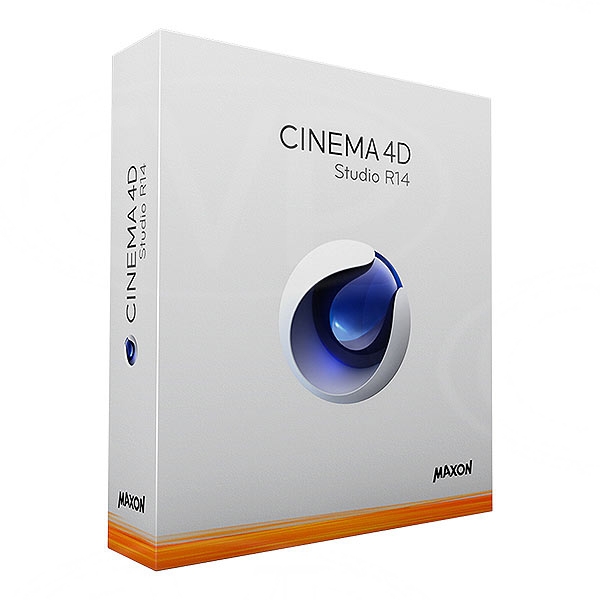

The immediate benefit is that there is no messy process of going between the sculpting application and the target modeling or animation application. However, sculpting in R14 differs from applications like ZBrush or Mudbox in that the sculpting tools are an integral part of Cinema 4D, as opposed to a standalone application. Anyone familiar with ZBrush or Mudbox will easily pick up R14's sculpting workflow, but sculpting in R14 most resembles sculpting in Mudbox, featuring very similar sculpting tools and sculpt-layer functions In this release, Cinema 4D finally catches up by adding a robust sculpting tool set. Though the new snapping workflow may have a somewhat steep learning curve, once mastered it is a tremendous time-saver.ĭigital sculpting has been the method of choice for modeling complex organic objects for many years. While the individual modeling tools have remained largely unchanged in this release, the modeling workflow itself has been overhauled with new grid options, dynamic guides, and a new snapping system that makes precisely positioning objects relative to each other or the scene faster and easier. Together, these interface updates dramatically improve workflow and reduce production time. And Icon color options make it easy to assign specific colors to lights and Null objects to quickly locate appropriate items in the Object browser. The improved Commander gives users the ability to quickly search for objects, tags, commands, and tools. Soft shadows are also available in the viewport. Wireframes can be enabled and disabled, and their display can be customized. For instance, hovering over an object in the scene highlights it, and selection is now indicated by a bright orange border. The Cinema 4D R14 interface features improved object detection and selection cues. Cinema 4D comes in Prime, Broadcast, and Visualize versions each targeted to specific design tasks. Cinema 4D R14, released in late 2012, adds many new features and much-needed updates - most notably a new snapping and alignment system, digital sculpting, better camera tools, and improved dynamics and rendering performance. It should at least be cheaper for prime or something.New Tools, Better Dynamics and Rendering, and Enhanced Interoperability Make the New C4D a Must BuyĬinema 4D is a high-end modeling, animation, motion graphics, and special effects suite popular with professionals and amateurs alike. And the other thing - render nodes, for many people, are like 30%-50% value of a renderer, if you want to be on a market today, render fast, work on many projects, some kind of DR solution is a must have.Īlthought i understand implementing corona to c4d is hard work, we've been waiting for years, I for example lost hope some time ago when chaosgroup absorbed corona and I've stopped investing my time and money in c4d, and now when it comes out, when I see light in the tunnel, when I thinh, yeah f*ck you autodesk, f*ck your subscription - corona for c4d doesnt have working DR solution for prime.f*ck. So using prime version becomes useless, and people that was hoping that they can change 3dsmax+corona to c4d prime+corona ( cause this is far more profitable solution ) have to beĭisappointed as f*ck.
Cinema 4d prime identical bodypaint Pc#
or you can just have one overkilled PC and you work only on it - the u could work on big projects, but still you can render just on one PC. you dont work on many projects at one timeģ. If not, working on prime version is completly unacceptable cause it doesnt have a possibility to render on corona nodes - u can use prime version only if :Ģ.

Sorry, I've described my intensions badly - what I ment was exactly the situation that sirio76 described in his post.īurnin - yep, I know that prime doesnt have team render included - thats why I'm asking my question - does corona require it to render through corona nodes ?


 0 kommentar(er)
0 kommentar(er)
